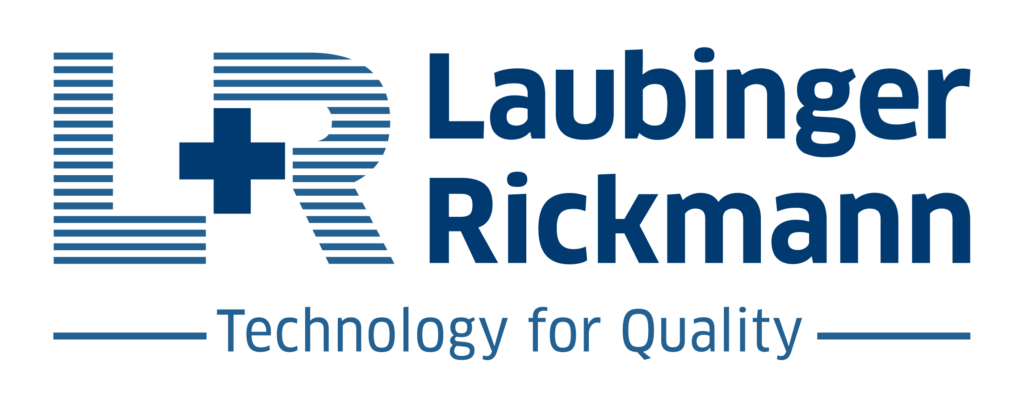Getting distortion under control
Aluminum castings and extrusions exhibit deviations from the nominal geometry after the casting process and especially after subsequent heat treatment. The larger the casting or extruded profile, the more problematic the distortion can be. It occurs when the casting or profile comes out of the die and is quenched and during heat treatment and subsequent quenching. Achieving the required dimensional accuracy before subsequent machining can be very time-consuming and costly if straightening done manually, especially if there are various types of distortions in one part combined. For high volumes (e.g. in the automotive applications) automatic straightening systems offer the customer significant advantages in terms of cost and quality and help to reduce the need for skilled labor. L+R straightening lines are used by leading automotive manufacturers and suppliers for straightening a wide variety of structural components, axle components, timing cases, crankshafts and camshafts.
The first self-learning, fully automatic straightening system was installed by L+R at Daimler AG in 1999. Since then, the technology has been continuously improved, functionally expanded and can be flexibly used for a wide variety of component types and shapes.

STRAIGHTENING
AUTOMATED STRAIGHTENING

For components with large production volumes, fully automatic straightening systems are the method of choice. With these, components can be precisely brought into the desired shape and tolerances in short cycle times and the results can be documented metrologically.
Innovative online measurements of the component before and during the straightening process in combination with our intelligent, self-learning straightening algorithms, with a dynamic adaptation of the straightening behavior to changed component properties, lead to optimized cycle-times and precise straightening results.
STRAIGHTENING
MEASURING AND SEMI-AUTOMATED STRAIGHTENING

If the requirements only include quality control or if fully automatic systems cannot be used economically due to the low production volume, manual or semi-automatic measuring devices can be suitable.
Together with our customers we find the optimal solution for their needs.

AUTOMATED STRAIGHTENING
The straightening process is based on the calculation of the necessary straightening steps and paths depending on component deformation and component properties. For this purpose, an ideal straightening stroke is calculated for each straightening point in order to achieve the nominal dimension. Among other things, the calculation takes into account all measured values, the stored straightening strategy and the straightening parameters taught independently by the system.
A number of parameter values are stored for each straightening point, which include the following data:
– ratio plastic/elastic deformation
– necessary straightening stroke
– number of straightening strokes
– direction of movement of drives
The parameter values are dynamically adapted by the control to changed component properties as soon as the control detects deviations from the ideal (i.e. cycle-time optimized) straightening behavior. In this way, a self-learning, automatically optimizing, cycle-time-minimized process is achieved.
In the case of irregularly changing component properties (e.g. parallel production with different dies), several switchable parameter sets can optionally be used.
Basically, the straightening strategy is determined individually for each component type and optimized in the course of plant commissioning.
MEASURING AND SEMI-AUTOMATED STRAIGHTENING
Depending on the production volume and other limiting conditions, it may be more favorable to perform only automated measurements on the parts and to straighten the parts manually.
L+R offers customer-friendly solutions for this application as well. Different concepts (e.g. manual straightening inside or outside the measuring station) can be realized – depending on the component type and requirement profile.
All relevant software options (e.g. connecting the database to the production network) can also be implemented for this type of system.
Basically, the straightening strategy is determined individually for each component type and optimized in the course of plant commissioning.
For further information please do not hesitate to contact us.






Customer-oriented solutions from a single source
Do you have any questions about our products?
Then please feel free to contact us.







